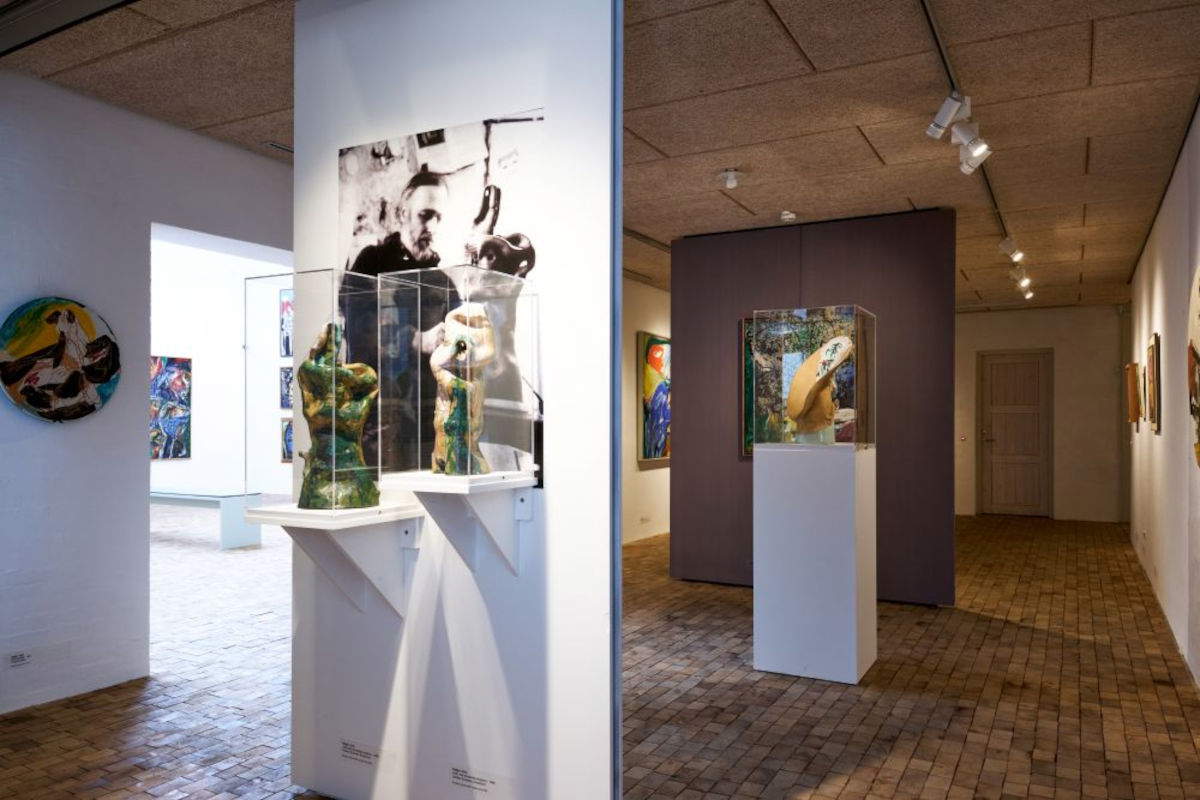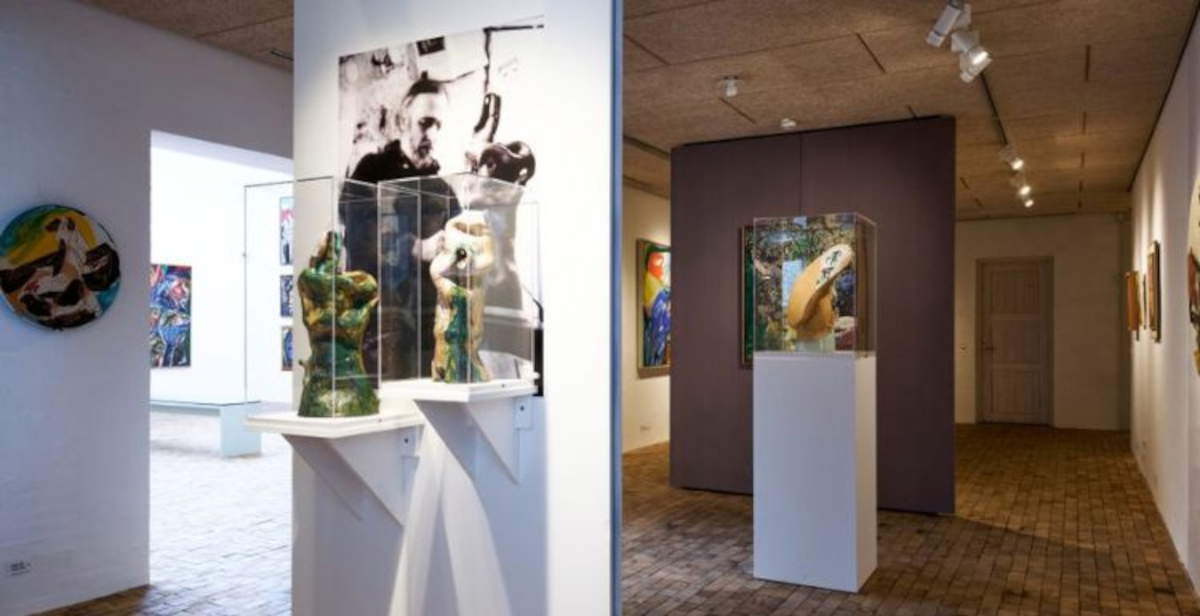Museum Jorn in Silkeborg, Denmark, has inaugurated a new room dedicated to the Italian period of Asger Jorn (1914-1973), the Danish artist who chose Albissola Marina, along with Paris, as his place of residence. The initiative stems from the collaboration between the curatorial teams of the Danish museum and Casa Museo Jorn, part of MuDA - Museo Diffuso Albisola, managed by the Ceramics Museum Foundation of Savona. The project consolidates the historical and cultural ties between Italy and Denmark, offering an in-depth look at Jorn’s Italian journey and his pan-European vision of art. The opening ceremony was attended by the Italian ambassador to Denmark, Stefania Rosini, the mayor of Albissola Marina, Gianluca Nasuti, the director of the Jorn Museum, Christian K. Madsen, the director of the Savona Ceramics Museum Foundation, Anna Cossetta, and the Foundation’s scientific director, Luca Bochicchio, along with other Italian and Danish institutional representatives and project partners.
The new room offers an extensive reconstruction of Jorn’s presence in Italy, articulated through a timeline supplemented by materials and photographs from the archives of the two museums. The section documents the main stages of the artist’s Italian experience, from his arrival in Albissola in 1954 to the founding of the Situationist International in Cosio d’Arroscia (Imperia), to the creation of marble sculptures in Carrara in the early 1970s. The works on display include pieces from the Danish museum’s collection that testify to Jorn’s collaboration with Italian and international artists. These include a canvas created with Enrico Baj and a vase created in collaboration with Wifredo Lam. A video accompanies visitors inside Casa Museo Jorn, offering a firsthand view of the spaces of the home-garden designed by the Dane in Albissola Marina. The exhibit also includes a selection of ceramics, including two previously unseen works produced at the Ceramiche San Giorgio workshop, nicknamed the “Dream Factory” by Jorn.

The new section reflects the European dimension of Jorn, who found an ideal context in Albissola to experiment and build lasting artistic relationships. Works such as Stalingrad and The Great Relief were created in the Ligurian village for the Aarhus Statsgymnasium, and an artistic community developed that contributed to the artist’s international recognition. The collaboration between Museum Jorn and Casa Museo Jorn, coordinated by the non-profit Fondazione Museo della Ceramica di Savona Onlus, is a model of international cultural cooperation aimed at enhancing the shared heritage and projecting Asger Jorn’s legacy into the contemporary European context. The initiative testifies to the artist’s role as a bridge between Mediterranean and Scandinavian cultures, as well as consolidating dialogue between museum institutions in different countries.
The project is realized with the support and patronage of the Embassy of Italy in Copenhagen, the Italian Cultural Institute in Copenhagen, the Municipality of Albissola Marina, the Silkeborg Kommune, the De Mari CR Savona Foundation, the Foundation Museo della Ceramica di Savona Onlus, the University of Verona - Department of Cultures and Civilizations, and the APS Amici di Casa Jorn.
 |
| Museum Jorn in Silkeborg, Denmark, opens a new room dedicated to the artist's Italian period |
Warning: the translation into English of the original Italian article was created using automatic tools. We undertake to review all articles, but we do not guarantee the total absence of inaccuracies in the translation due to the program. You can find the original by clicking on the ITA button. If you find any mistake,please contact us.